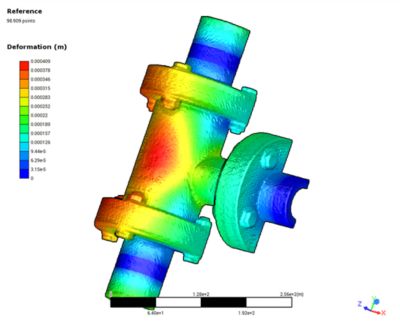We continue to innovate and provide our customers with the right technology with the release of Ansys 2023 R1, increasing their digital twin prediction accuracy with Hybrid Analytics innovations available in Ansys Twin Builder. Better user experience for twin deployment thanks to the new performance enhancements in this new release.
Ansys 2023 R1 innovates to provide our customers with Automation, Speed, and Accuracy for Reduced-Order Model creation, allowing faster simulation and better simulation visualization.
Several improvements to the Solver and Model Library and User Experience provide Ansys Twin Builder users with improved workflow collaboration.
The 3 Top Reasons to Watch the Ansys Twin Builder Updates
1. Increase Digital Twin Prediction Accuracy with Hybrid Analytics
- Improved documentation and API examples make it easier to get started with deployment
- Model Exchange FMU supports a new solver in Twin Deployer, improving interoperability and simulation stability
- Automate runtimes in Python with PyTwin
2. Automation, Speed & Accuracy for ROM creation
- New Linear Static and Dynamic ROMs offer faster and more accurate ROMs for a variety of applications
- Improved ROM visualization; generating ROM images with geometry deformation
- Automate your ROM creation with PyAEDT, with new examples for creating static and dynamic ROMs
3. Enhanced Solver and Model Libraryand User Experience
- Improvements to Modelica Editor Bijection (Text-to-Diagram) support allows users to switch between text and diagram views for easier model creation
- Easier workflow with “Wire Together,” allowing easier pin connection for components with large numbers of pins
- Create and export videos from your ROM images for better visualization
- Manzoor Tiwana
- Christophe Petre











